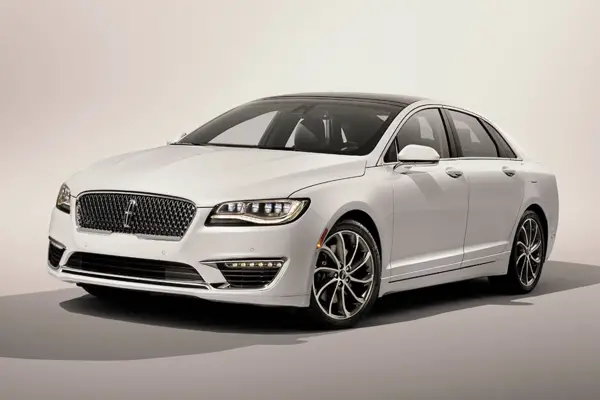That amount of oil after one day... leads me to believe it's got some serious blow-by issues. Just a guess, based on the fact that several early 2010's GMC/Chevy V8s with AFM screwed up the rings which leads to excessive blow-by. Later PCV systems, I think past 2003 or so, started using fixed orifice PCV, which technically should be changed to PCO, positive crankcase orifice. An engineered leak of sorts.
Catch cans are almost a common installation for a lot of LS engine folks for sure. I have one on the 2010 and 2013 Camaros. I get negligible oil caught, but it does work. When I upgraded my throttle body on the 2010, the intake floor was dry. On the flip side, I know of others that get a bottle capful or two between oil changes. My oil changes are once per year instead of mileage anyway. Do cans help? Most people think so. They certainly do not hurt if a quality unit is installed correctly. It's usually helpful to keep the intake clean and not have the oil gob up the valves. It simply acts as an in-line separator. Difference is you'd either burn that oil, or catch it in the can. One way or the other.
Catch cans are almost a common installation for a lot of LS engine folks for sure. I have one on the 2010 and 2013 Camaros. I get negligible oil caught, but it does work. When I upgraded my throttle body on the 2010, the intake floor was dry. On the flip side, I know of others that get a bottle capful or two between oil changes. My oil changes are once per year instead of mileage anyway. Do cans help? Most people think so. They certainly do not hurt if a quality unit is installed correctly. It's usually helpful to keep the intake clean and not have the oil gob up the valves. It simply acts as an in-line separator. Difference is you'd either burn that oil, or catch it in the can. One way or the other.



